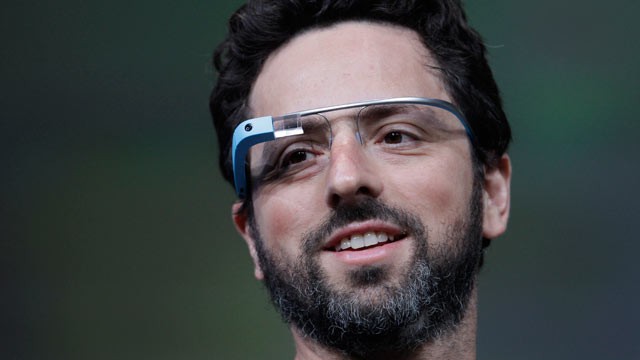
Invisible, attentive and adaptive technologies that
provide tourists with relevant services and information anytime and anywhere
may no longer be a vision from the future. The new display paradigm, stemming
from the synergy of new mobile devices, context-awareness and AR, has the
potential to enhance tourists’ experiences and make them exceptional.
Augmented reality today requires a tablet or
smartphone. Tomorrow, it would be via Google Glass. At the same time when the Google
Glass shows up, augmented reality is back in the news. This is one of the
topics discussed at the Digital Tourism Forum.
The Biplane Company prepares an application that will
revive the Allied landings on the French coast. "We can see the Canadiens
in the water, in 3D, off the Arromanches," said Lionel Guillaume, Chief of
Innovation at Biplane video agency at the end of a workshop on augmented
reality organized under the Digital Forum in Deauville (25 and 26 March).
Ad hoc content
Augmented reality allows a mobile or tablet user to relive
a period of history on site with a historical characters or a virtual guide,
but also to show a monument in its age of glory. It is now possible to
discover, as a view of the mind, the Berlin Wall or the Colosseum intact, by
superimposing images. The Abbey of Cluny was implemented: the visitor guides
the screen to the monument, and can observe resituated vestiges. It is a way to
revive the heritage.
Regarding pageants, it is often necessary to use
archival documents and to supplement them by research. "Augmented reality
will become very present in our daily lives, hammered Stéphane Singier, consultant
for studies and Grand Paris digital, cluster Cap Digital, at the Forum in
Deauville. We should now think about the cultural and heritage content that could
be enhance through this process ".
The budget
This technology inserts graphics images on the real
world. "You create an artificial world in which you can move, said Lionel
Guillaume. To create this immersion, you must collect data and make 3D
modeling. Sometimes research can be complicated." The budget increases
accordingly. For the castle of Cherbourg, the budget amounted to about 100 000 €, including archaeological study. Moreover, it’s important to reassure the
guides on the site, worried about their role in the future.
Investments are lower, and made easy with the
"false augmented reality" without the need of the smartphone's
camera, but still with the geolocation of the mobile or tablet. "A camera
films at 360 ° says Vincent Burgevin,
founder of the new company OnSpot. The designer takes these images and features
special effects such as an explosion, from his computer." The consumer has
to post where the movie was made, to be immersed in the past or the future. The
budget will be from 10 000 € to 30 000 € for a 3 minute film.
Alexis & Garbiel
http://www.bbc.co.uk/news/technology-17618495
http://www.tourisme-numerique.com/actualites.html
No comments:
Post a Comment